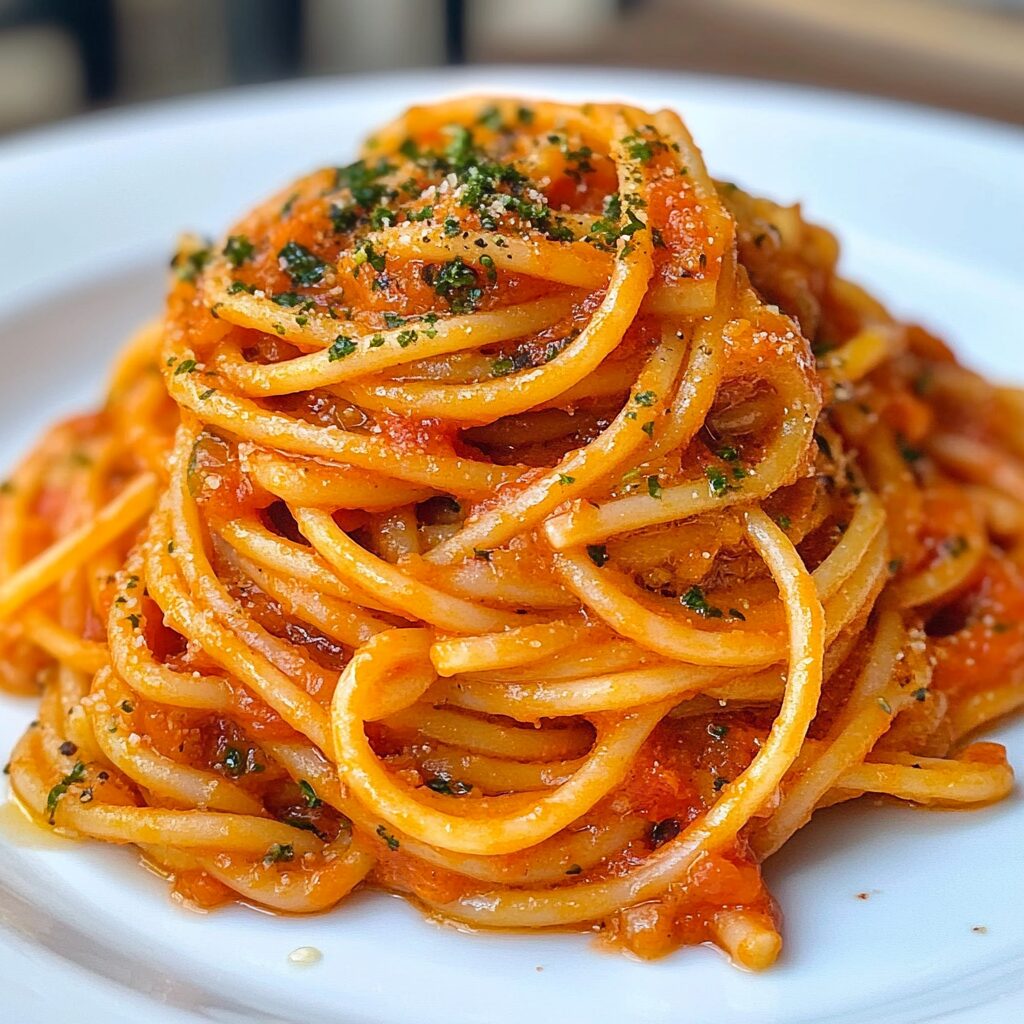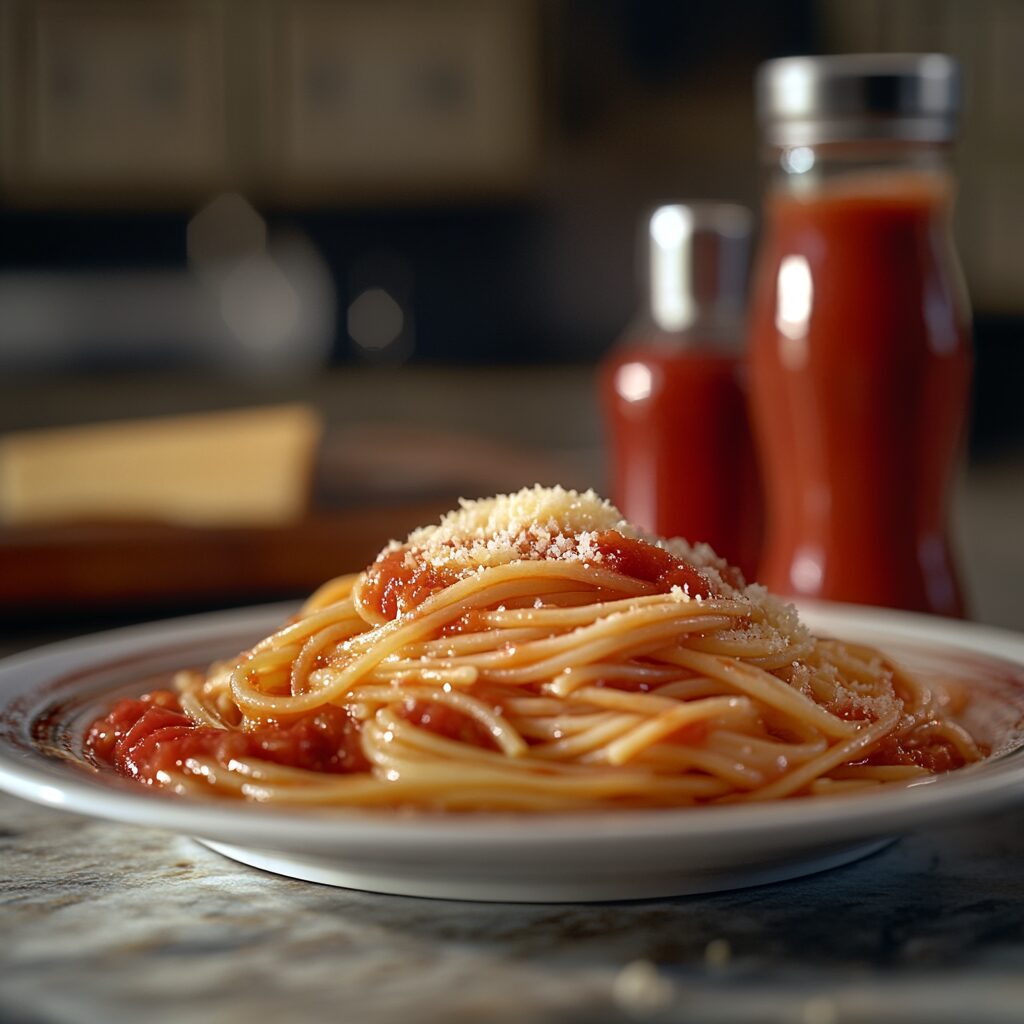Italian cuisine is revered worldwide for its rich flavors, fresh ingredients, and time-honored traditions. But not all Italian restaurants are created equal. In fact, some establishments masquerading as authentic eateries are serving up disappointment faster than you can say “mamma mia.” Ever wondered how to spot a subpar Italian restaurant before you’ve wasted your hard-earned cash? We’ve got you covered. Here are the unmistakable signs that should have you heading for the exit faster than an overcooked noodle falls apart.
The menu is a tourist trap nightmare

If you open the menu and feel like you’ve stepped into a cheesy Italian-themed amusement park, it’s time to reconsider your dining choice. Authentic Italian restaurants don’t need to plaster their menus with Italian “facts” or use excessive “n'” abbreviations in dish names. They let the food speak for itself.
Watch out for menus that offer a “mix and match” pasta section. While it might seem like a great idea to customize your meal, it’s often a sign that the restaurant doesn’t understand the nuances of Italian cuisine. Each pasta shape is traditionally paired with specific sauces for a reason – it’s about texture, flavor, and tradition, not a build-your-own pasta bar.
Another red flag? The presence of dishes that are more Italian-American than truly Italian. If you see spaghetti and meatballs prominently featured, you might want to rethink your choice. While delicious, this dish is not a traditional Italian staple and its prominence on the menu could indicate a lack of authenticity.
The ingredients are out of season or low quality
Italian cuisine is all about fresh, seasonal ingredients. If you’re being offered a Caprese salad in the dead of winter, that’s a major warning sign. Stefano Secchi, a Michelin-starred chef, points out that using out-of-season ingredients is a clear indication that the restaurant may not be committed to quality or authenticity.
Keep an eye out for the quality of staple ingredients. If the olive oil served with bread tastes bland or rancid, or if the Parmesan cheese comes pre-grated in a shaker, you’re likely not in for a treat. Real Italian restaurants take pride in their ingredients and will serve freshly grated Parmesan tableside.
And speaking of bread, if it’s not freshly baked and warm when it arrives at your table, that’s another strike against the establishment. Good Italian restaurants understand that bread is not just a filler – it’s an integral part of the meal and should be treated with respect.
The pasta is an overcooked, oversauced mess

Pasta is the heart and soul of Italian cuisine, and how it’s prepared can tell you volumes about a restaurant’s quality. If your pasta arrives swimming in sauce, it’s a clear sign that something’s amiss. In authentic Italian cooking, the pasta is the star, with sauce acting as a flavorful complement, not a soup to drown in.
Pay attention to how the pasta is served. If it’s just plopped onto the plate with sauce on top, rather than being properly tossed together, you’re likely dealing with a kitchen that doesn’t understand or respect Italian culinary traditions. The sauce should cling to every strand or piece of pasta, creating a harmonious blend of flavors.
And let’s talk about cooking time. Al dente isn’t just a fancy term – it’s the correct way to cook pasta. If your noodles are mushy or fall apart easily, you’re not getting the authentic Italian experience. Remember, in Italy, overcooked pasta is considered a cardinal sin!
The atmosphere screams inauthentic
While ambiance isn’t everything, it can be a telling sign of a restaurant’s commitment to authenticity. If you walk in and see Frank Sinatra’s mugshot plastered on the walls, you might want to walk right back out. This kitschy decor choice is often associated with subpar, Americanized Italian joints.
Be wary of restaurants that have “Italian” in their name. It might seem counterintuitive, but authentic Italian eateries rarely feel the need to advertise their nationality so blatantly. They let their food and atmosphere speak for themselves.
And if you see a bottle of Chianti wrapped in a straw basket (fiasco) sitting on every table? That’s another outdated practice that screams “tourist trap” rather than “authentic Italian dining experience.”
The menu is all pasta, all the time

While pasta is undoubtedly a cornerstone of Italian cuisine, it’s far from the whole story. If you’re faced with a menu that’s 90% pasta dishes, you might not be getting the full Italian experience. Authentic Italian restaurants offer a diverse menu that includes hearty meat dishes, fresh seafood, and seasonal vegetables.
Be particularly cautious if the pasta section is dominated by cream-based sauces. While delicious, dishes like Fettuccine Alfredo are more Italian-American than truly Italian. A good Italian restaurant will offer a balance of tomato-based, olive oil-based, and perhaps a few cream-based sauces.
And don’t forget about the importance of regional specialties. Italy’s cuisine varies greatly from region to region, and a good restaurant will often specialize in dishes from a particular area. If you see a mishmash of dishes from all over Italy without any clear regional focus, it might be a sign that the chef lacks a deep understanding of Italian culinary traditions.
They commit unforgivable Italian dining faux pas
Some mistakes are so egregious that they immediately mark a restaurant as inauthentic. If the server offers you Parmesan cheese for your seafood pasta, run. This is a major faux pas in Italian cuisine, where the delicate flavors of seafood are never mixed with cheese.
Similarly, if you’re offered a cappuccino after your meal, it’s a clear sign that the restaurant doesn’t understand Italian dining customs. In Italy, milk-based coffee drinks are strictly for breakfast – never after a meal.
And what about that bread basket? If it comes with a side of olive oil and balsamic vinegar for dipping, you’re likely in an Americanized establishment. Authentic Italian restaurants typically serve bread plain, to be enjoyed with your meal or to soak up leftover sauce from your plate.
The wine list is a disappointment
Italy is renowned for its wines, and any respectable Italian restaurant should have a wine list that reflects this rich heritage. If the wine list is limited to a few generic options or, worse, doesn’t feature Italian wines prominently, it’s a red flag.
Be particularly wary if the house wine is simply listed as “red” or “white” without any information about the grape variety or region. Good Italian restaurants take pride in their wine selection and will often have staff who can guide you through wine pairings to complement your meal.
And if you’re offered wine in anything other than a proper wine glass? That’s another sign that the restaurant might not be as authentic or high-quality as you’d hope.
The little details are off
Sometimes, it’s the small things that give away a lack of authenticity or quality. If the restaurant’s website is poorly designed or full of spelling errors, it might reflect a similar lack of attention to detail in the kitchen.
Pay attention to how the staff pronounces Italian words. While perfect pronunciation isn’t necessary, consistent mispronunciation of dish names could indicate a lack of training or understanding of Italian cuisine.
And if you see squeeze bottles of ketchup or ranch dressing on the tables? That’s a clear sign you’re not in an authentic Italian establishment. These condiments have no place in traditional Italian dining.
Ultimately, the key to a great Italian dining experience is authenticity, quality, and respect for tradition. While no restaurant is perfect, too many of these red flags should have you saying “arrivederci” before you even place your order. Remember, good Italian food doesn’t need gimmicks or excessive marketing – it simply needs fresh ingredients, proper technique, and a deep understanding of Italian culinary heritage. So the next time you’re craving some Italian fare, keep these tips in mind. Your taste buds (and your wallet) will thank you!

